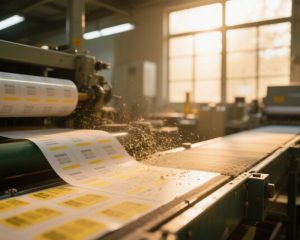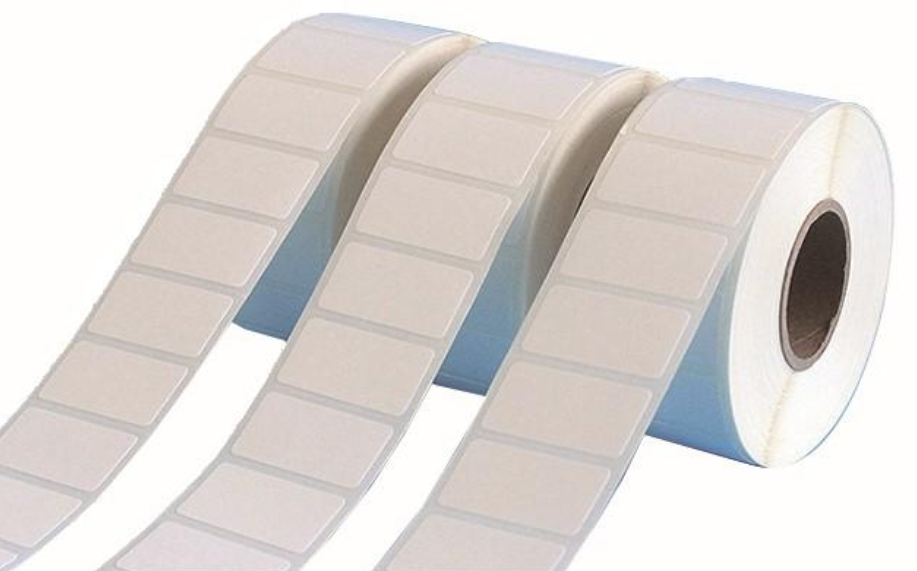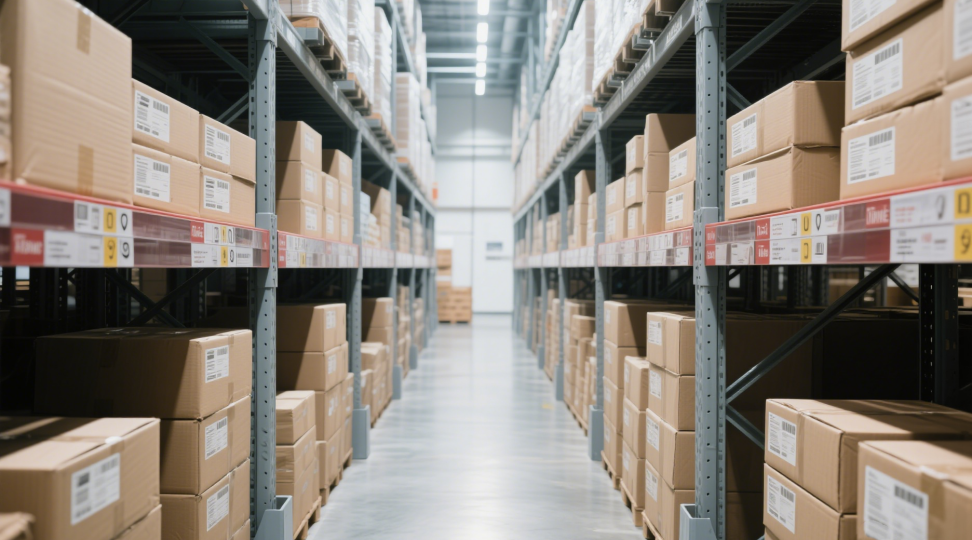How to Eliminate the Harm of Static Electricity During the Printing Process of Self-Adhesive Label
How to Eliminate the “Burr Phenomenon” During the Printing Process of a Self-Adhesive Label?
During the printing process, static electricity is generated due to the contact and separation between the printing plate and the ink roller. When the ink pattern is separated, the edges of the pattern or text can fly out due to static adsorption, creating ink whiskers or “burrs.” This can also lead to “static streaks” in the printing process, which appear as uneven ink application and poor ink fluidity. The ink has been affected by static electricity before drying, causing displacement. Two-color inks that are repelled and miss each other will result in white gaps between colors due to static repulsion, leaving visible white borders around some text. 此外, if the material carries a large amount of static electricity, static-induced dirty spots can attract dust from the environment, leading to the appearance of dirty spots, white spots, or fish-eye defects in the print.
Due to static adsorption, the material or label may be unable to separate properly during the printing of a single label or the collection of individual labels. During the labeling process, static electricity can cause the label to be irregularly applied to the bottle after being peeled from the base paper, resulting in wrinkles, bubbles, and other defects.
The greatest danger of static electricity is fire. Static electricity can directly cause fires, especially when it comes into contact with flammable substances. 例如, during the waste discharge of self-adhesive labels, static electricity has been known to ignite white oil (n-heptane), which is used to reduce glue overflow, leading to a fire.
How to Eliminate Static Electricity in the Self-Adhesive Printing Process?
With today’s technological advancements, several methods can be used to reduce or eliminate static electricity, the “lifelong enemy” of the printing industry.
1. Logistics Elimination Methods:
These methods use the physical properties of static electricity to eliminate it. The two main techniques are grounding and humidification.
-
“Grounding” Elimination Method: This method involves using metal conductor materials to make contact with the printed material and connecting the other end to grounded equipment. This directs the static electricity into the ground, eliminating it from the equipment. Common grounding methods in printing factories include the use of anti-static ropes and copper wires. However, because exposed copper wires can oxidize and weaken conductivity over time, anti-static ropes with strong conductive copper wires wrapped in nylon are more effective.
-
“Humidification” Elimination Method: Increasing the ambient humidity can reduce the surface resistance of the printing material. 这, in turn, reduces static electricity by increasing the conductivity of the material’s surface. Humidifying the environment also reduces floating dust particles, helping to address dust-related issues. The simplest way to humidify the space is by mopping the floor with clean water, but using a spray humidifier to maintain overall workshop humidity is a more effective solution.
2. External Static Elimination Methods:
These methods use advanced technology to eliminate static electricity from the equipment. 例如, induction static elimination rods use a brush tip to approach the charged body. The brush then induces opposite charges to neutralize the static electricity.
3. Chemical Static Elimination Methods:
Chemical methods involve applying an anti-static agent coating to the substrate to make it conductive. This effectively reduces static electricity generation. This method can be used before printing by adding the anti-static agent to the varnish. This reduces static electricity buildup during the printing process.



